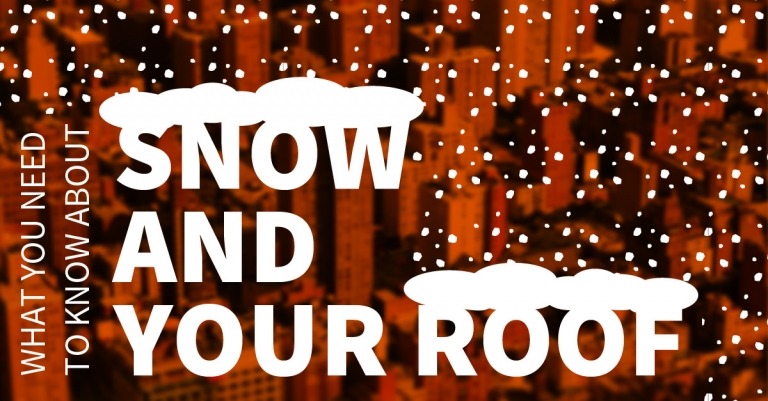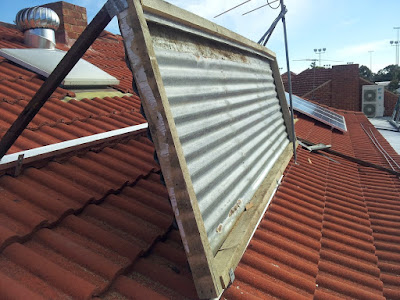Why Should You Remove Snow From Your Roof?
Snow
removal from your roof is necessary for two reasons. You'll reduce the chances
of developing ice dams and extra weight being placed on your roof. After 6
inches (15cm) of snow has piled on your roof, you should consider removing it.
Consider the sort of roofing material you have, the pitch of your roof, and the
style of your roof as well. These three variables may need you to clear snow
more frequently or less frequently. When it comes to removing snow from your
roof, a plastic shovel or a roof rake should be your first choice. Ice dams and
additional weight may be avoided by keeping your roof clean of snow in the
first place. For the greatest results, use ice melt tablets or a steamer if
your roof is prone to ice dams or if they have already developed ice dams. If
you feel dangerous or uncomfortable doing any of the chores on the roof
yourself, consult a professional snow removal team in New York. It's not
worth the chance of getting hurt or losing your life.

Here are a few indicators that it's time to remove snow from your roof!
- You Have a Low-Pitch Roof: While all roofs should be cleaned of snow throughout the winter, shallow-pitch and flat roofs are more vulnerable to accumulations and drifting. If you have one of these roof types, you should clear snow a little more frequently than if you have a roof with a “steeper” slope.
- After a Heavy Snowfall: Whether you've just gotten out of a winter storm that dumped a lot of snow or had a few days of constant snowfall, it's a good idea to check the quantity of snow on your roof. After 6 inches of snowfall, you should clean your roof as a matter of thumb. What is the explanation behind this? The simplest snow to remove from your roof is fresh snow, which has just fallen. A fast victory!
- When you notice a large amount of snow on your roof: Snow isn't formed in the same way. The weight of snow is determined by its depth as well as its water content. Six inches of "wet" snow is equivalent to 40 inches of "dry" snow in terms of weight. Most roofs can sustain up to 20 pounds of snow per square foot. However, check your local building codes to be sure the quantity is correct for your location. Remember that the combined weight of old and new snow might easily surpass the snow load capacity. Also, keep in mind that one inch of ice is comparable to a foot of new snow. Use this snow load calculator to figure out how much snow will fall on your roof.
- When you notice Ice Dams: When snow and ice melt and then refreeze along the edge of your roof, ice dams form. These frozen obstructions can even cause water leaking into your ceiling, walls, and insulation if they back up into your shingles. Ice dams can potentially cause a roof to collapse in the worst-case situation.
Naples Roofing is one of the best snow removal contractors in New York. Along with snow removal, we also provide emergency services for all kinds of roofing problems. We provide services for all types of roofing, including most single-ply membranes (TPO, EPDM and PVC), Modified Bitumen, Built-Up, and Asphalt Shingles, which have repair alternatives. We provide a wide range of repair services to meet your unique demands and price constraints. Snow, hail, wind, traffic on the roof, or just the passage of time can all cause damage that may be repaired rather than replaced entirely. Contact us today to resolve all of your roofing problems!!!




Comments
Post a Comment